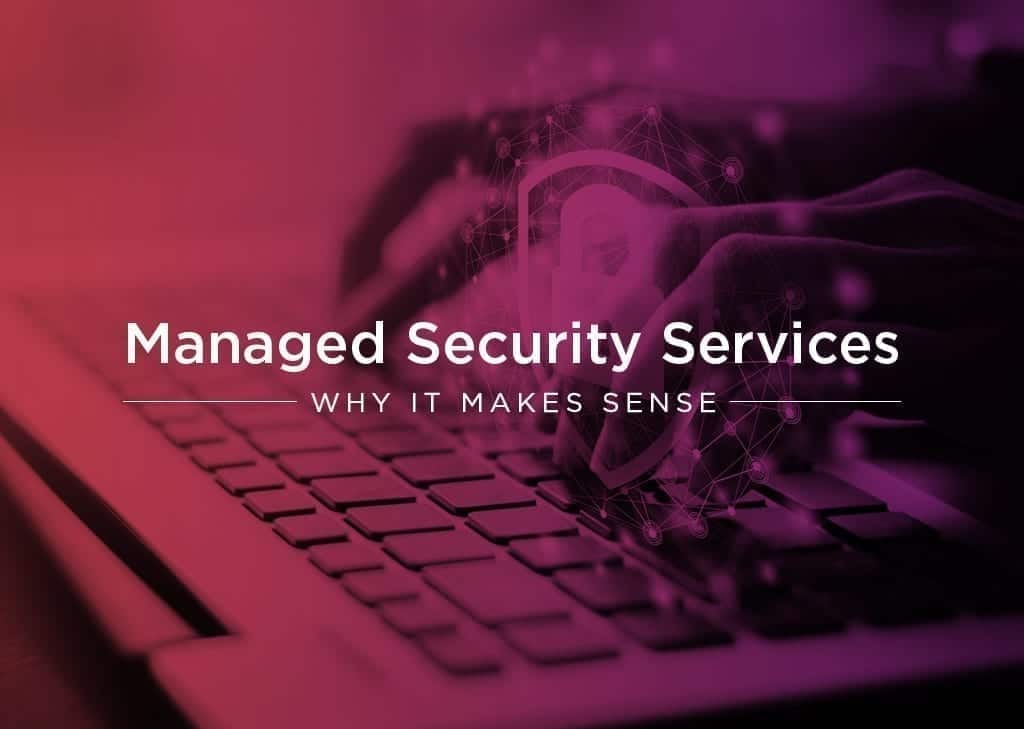
Why Managed Security Services Make Sense
Why Managed Security Services Make Sense
Managed security service providers (MSSPs) have steadily expanded into more and more areas over the past decade. Gartner numbers put the revenue for such services in excess of $10 billion a year.
It’s easy to see why they have grown in popularity. The recent Microsoft Exchange and SolarWinds breaches highlight the fact that many enterprise IT departments are being outgunned by cybercriminals. They need all the help they can get and are happy to use reliable MSSPs to augment internal security measures. In some cases, the entire security function may be handed over to one or more external providers.
Along with giants such as IBM, AT&T, and Verizon that attempt to provide comprehensive security coverage, there are a host of specialist offerings, some of which bundle several security technologies in one package.
They cover security services such as:
- Distributed denial of service (DDoS) protection
- Threat intelligence and dark web monitoring
- Secure messaging gateways, secure web gateways and web application firewalls
- Managed vulnerability management that includes scanning, prioritization and patching
- Identity and access management
“Organizations are struggling to acquire the security expertise to assist in managing and monitoring the constant flow of security threats and to fully implement and integrate the growing number of tools that their security teams have acquired,” said Martha Vazquez, senior research analyst, Infrastructure Services at IDC. “As a result, organizations are turning to service providers to deliver the security expertise, spanning managed security and complementary services to assist in preparing, detecting, and responding against future attacks.”
MSSP Tips
There are various pricing models out there for managed security. They can be based on log collection statistics, events per time period, data volume, the number of sources sending data to the MSSP, incidents detected, alert volume, or per user or asset per month. It is best to seek a vendor that offers a simple rate structure with predictable costs. What you don’t want is a sudden spike in traffic to send costs spiraling.
Another tip is to seek help in problematic areas. If IT is doing well on firewalls, gateways, access control, and antivirus, why outsource it? Recent events, for example, have highlighted the difficulty IT is having in keeping systems up to date with the latest patches and in knowing and addressing all existing vulnerabilities.
Try Syxsense Active Secure
Syxsense Active Secure offers comprehensive managed security services that encompass vulnerability scanning, IT management, and patch management. It not only shows you what’s wrong, but also deploys the solution.
Gain visibility into OS and third-party vulnerabilities like defects, errors, or misconfigurations of components, while increasing cyber resilience with automated patching and security scans. It includes the gathering of accurate data in real time from thousands of devices, immediate detection and elimination of running .exes, malware or viruses.
By taking care of patch management, vulnerability scanning, and general IT management, the IT department gains the peace of mind to address strategic projects that forward business objectives.
Start Your Free Trial of Syxsense
Syxsense combines IT management, patch management, and security vulnerability scanning in one powerful solution. Get started today.







